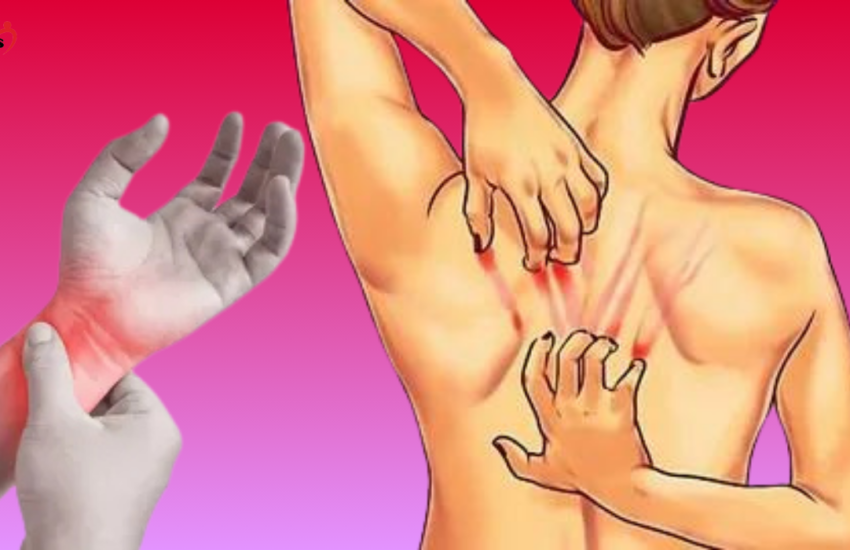What does your tongue say about your health?
Your tongue can reveal important clues about your general health.
It’s not just a tool for tasting food – its appearance, texture, color, and coating can provide valuable insight into the state of your body. Here are some common tongue changes and what they may indicate about your health:
Pale tone
A pale tongue can be a sign of anemia, especially iron deficiency anemia. If your tongue is pale and appears pale or white, it could indicate that your body is not getting enough red blood cells or oxygen. It could also indicate a deficiency in important nutrients like iron or B12.
Red tone
A bright red tongue can indicate a vitamin deficiency, especially a deficiency in B vitamins (especially B12) or folic acid. It can also be a sign of a condition called glossitis, which causes inflammation of the tongue. In some cases, a red tongue can also be linked to infections such as scarlet fever or Kawasaki disease.
Yellow tone
The tongue can turn yellow when bacteria or fungi build up on the surface of the tongue, usually due to poor oral hygiene, smoking, or an imbalance of the oral microbiota. It can also be related to digestive problems or liver disease, as the liver is unable to process toxins, resulting in a yellow coating.
White coating
A white coating on the tongue is often a sign of dehydration, oral thrush (a fungal infection), or digestive problems such as acid reflux or slow-moving intestines. If the coating is thick and persistent, it can also indicate an infection or an underlying autoimmune condition.
Black, hairy tongue
A black, hairy appearance on the tongue can be caused by a buildup of dead skin cells and bacteria on the surface of the tongue, which can happen if you have poor oral hygiene, are dehydrated, or are a smoker. It can also be a side effect of certain medications, such as antibiotics or medications that reduce saliva flow.
Tongue bumps
It’s common to have small bumps on your tongue, but if the bumps become swollen, they could be a sign of infection or inflammation. A condition called geographic tongue, where patches of your tongue lose their papillae (small bumps), can also appear bumpy and is often associated with stress or certain foods.
Cracks or fissures on your tongue
Cracks or fissures in your tongue, especially on the edges, may indicate a condition called scrotal tongue or fissured tongue, which is usually harmless but can be related to other conditions such as dehydration, vitamin deficiencies, or autoimmune diseases. A large crack in the middle of your tongue can also indicate a nutritional imbalance.
Swollen tongue
A swollen tongue, especially if it makes it difficult to speak or breathe, could indicate an allergic reaction (such as to food, medications, or insect bites), an infection, or a more serious condition such as thyroid disease or oral cancer. If your tongue is unusually swollen, you should seek medical attention immediately.
Smooth-looking tongue
A smooth-looking tongue, especially one that is pale and shiny, can be a sign of a nutritional deficiency — particularly a deficiency in iron, folic acid, or vitamin B12. It can also indicate a more serious condition such as anemia, especially if it is accompanied by other symptoms such as fatigue.
Pain or tenderness in the tongue
A painful or tender tongue can indicate a number of conditions, including infection, canker sores, vitamin deficiencies (such as B12 or folic acid), or an allergic reaction to food or medication. If the pain persists, it is important to see a healthcare provider to determine the underlying cause.



